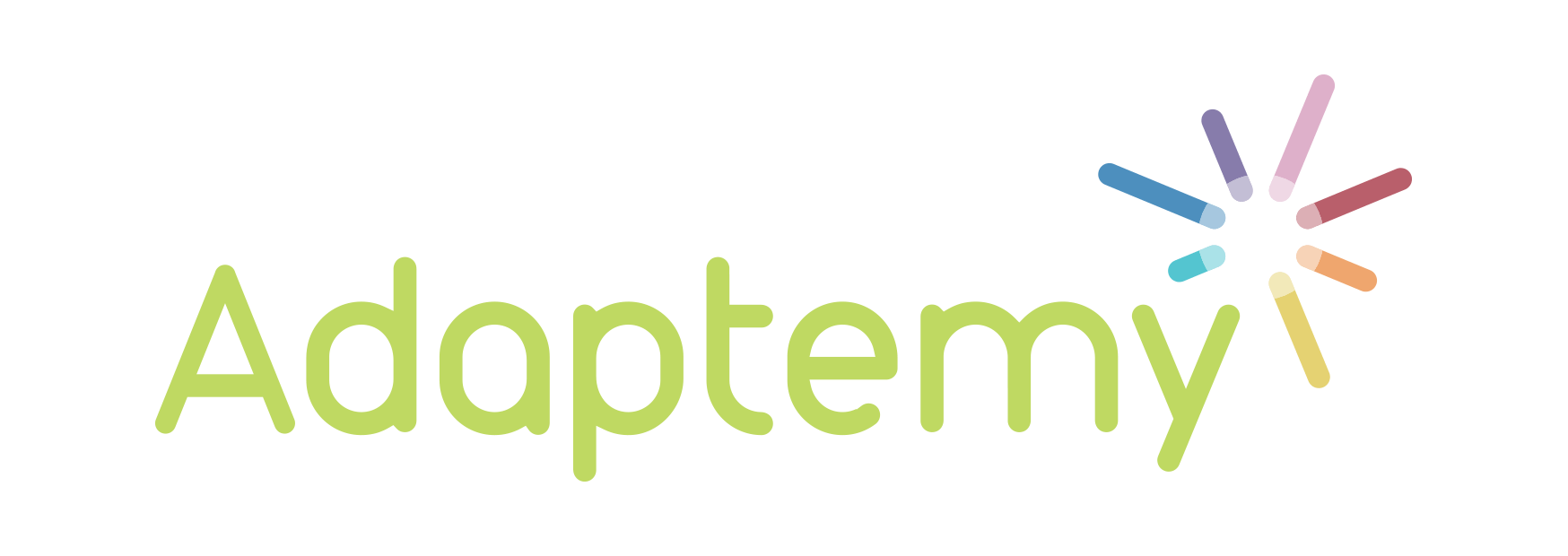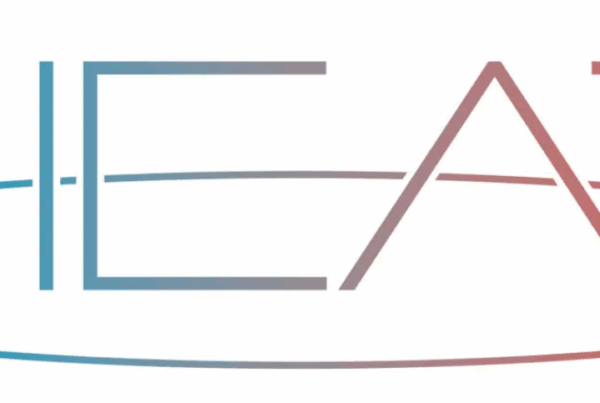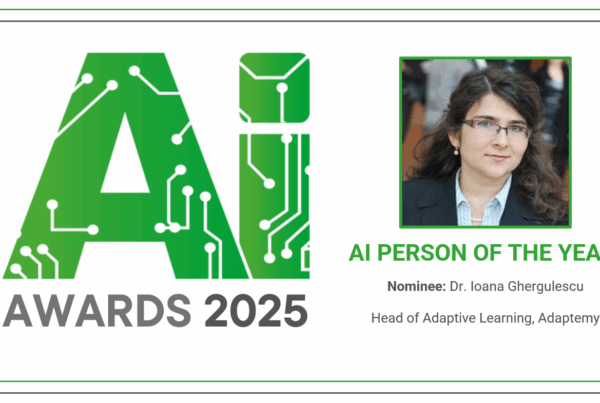
The success of any adaptive learning solution lies not only in the intelligence of the technology, but in the integration of the educational content.
Educational publishers are often concerned when it comes to translating curriculums and content into adaptive learning solutions. It must happen not only accurately, fluidly, cost- and time-effectively, but also with transparency and confidence.
Our experience with publishers and teachers has taught us the importance of open solutions. Mysterious black boxes of technical cleverness do nothing to incite confidence in teachers or publishing stakeholders. And for both the creation and adoption of adaptive learning solutions, this buy-in is key.
When it comes to content authoring in particular, it is essential that stakeholders understand how the technology determines the correct path through a concept, chapter or entire curriculum. The right approach to content authoring enforces this understanding and also engages content authors with an enjoyable, logical and visual process.
This process is also fundamental to the successful completion and launch of an adaptive learning solution. Market-ready is a landmark every publisher wants to meet. A substandard content authoring process can jeopardise this more than many publishers and technologists anticipate.
How can publishers make the content authoring leap from traditional publishing to digital products? We address common concerns in this arena first.
Key concerns for educational publishers and content authors
Creating the content
Due to the algorithms and approaches to content creation within adaptive learning engines and contrary to expectations, not as much content content is required to create an effective adaptive learning experience as expected.
A little goes a long way.
The focus then, must be on which concept to focus on and the strategic direction of an adaptive solution.
Translating textbooks into technology
For any publisher, content authoring is an optimised process. When you’re creating a textbook, every person, input, output and required element of support is understood, accounted for and streamlined to perfection. It is a mastered, known and respected operation.
But what does the digital process look like?
Corralling the correct team
Publishers are often surprised to learn that their team’s existing skills are already a great fit for building the content for a digital product. However, experienced content authors are costly and a confusing new interface does little to support your fight for digital.
How do you ensure content authors engage with and enjoy the digital process?
Navigating the process and creating a viable product
Let’s take each of these concerns and address how a strategic approach combined with curriculum mapping tools, enables publishers to create viable adaptive learning solutions ready for market.
We’ll look at this in the context of Adaptemy’s recommended and proven process, together with the tools and frameworks we have refined to support this process.
First, a definition.
What is a curriculum map?
A curriculum map is a framework that defines what a student is trying to learn. This map informs the content mapping process, defining which content is required and how concepts are connected. It is best created by the subject matter expert and the editor.
Curriculum mapping can be a complex, time-consuming activity. To enable it, the right tools are essential. We’ll address the specification of those tools shortly.
Now, strategy.
Choosing a strategic direction of an adaptive learning solution
Which aspect of the pedagogy will it focus on? Which particular learning needs will be address by this solution? Different learning experiences require different approaches to curriculum mapping as this defines not only the content, but also any special metadata requirements for mapping the curriculum of the subject.
Defining the digital process
Once the subject matter is defined, we create a list of everything a student is trying to learn. It is then grouped into topics (or chapters) and ordered into a default sequence. This defines how much needs to be learned and in what order.
The contents of a textbook can be a good starting point for this however, it might not be the order in which the student learns the material. The connections between everything a student must learn are vital.
Some elements of a curriculum need to be mastered before progressing to other elements. We capture these dependencies by creating links between the elements of the map.
Our mapping tool provides a visual aide here, making these connections easy to create and simple to do. It’s usability means you retain your expertise and ownership of the content. It is designed to empower publishers to build highly resilient and effective adaptive learning solutions.
Engaging content authors with the digital process
The tools you are working with must encourage both efficient and effective working practices. As well as an intuitive user interface (UI), this should be a system that:
- supports tracked changes, version control and team collaboration – replicating existing internal process
- provides real-time validation – ensuring authors are alerted if they forget to input required text
- Can easily interface (or connect) with your existing technology
- is based in the Cloud – eliminating the need for time-consuming installations or updates
- is stable – removing technical obstacles ahead of deadlines
- supports XML authoring standards – allowing you to effortlessly output content in multiple formats
With quality tools powering your project, you will enable your team to more easily migrate to the new world of adaptive learning.
Adaptemy has a state-of-the-art curriculum mapping tool that aides this process. We work alongside the expert and editor to bring the map to life, defining first the requirements of the subject area, then structuring the curriculum map, and finally charting the links between the different elements of the curriculum.
At this year’s Frankfurt Book Fair, we release the latest iteration of this tool. A powerful platform, it supports the creation of curriculums maps, propelling publishers towards the fast and effective delivery of a viable adaptive learning solution.
A free 30-day trial of this tool is available from 12th October 2018. A webinar and training video accompany the trial and the tool’s intuitive UI.
You can sign up for your free 30-day trial ahead of the event here.




